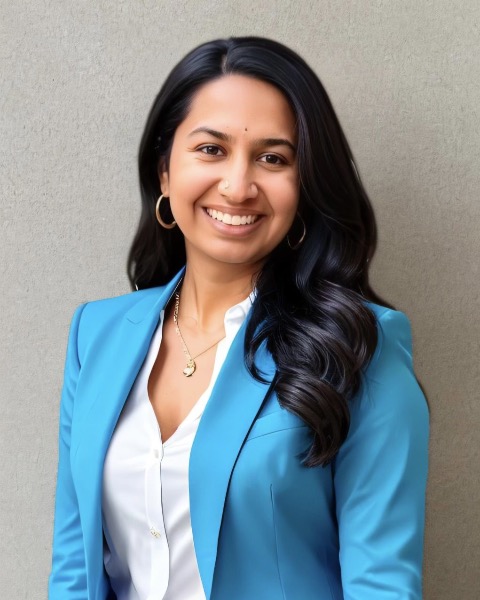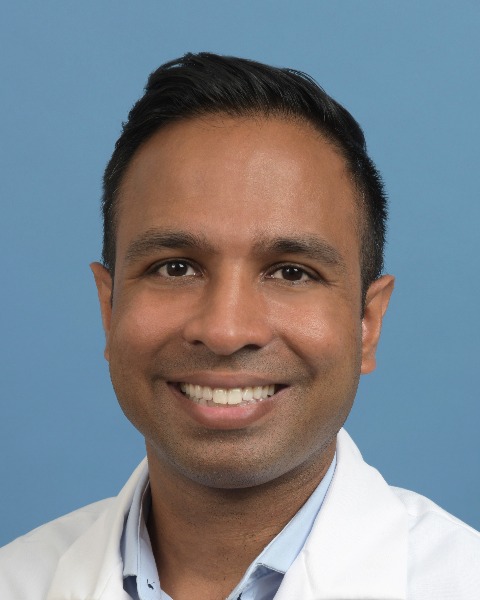SIR 2025
Gastrointestinal Interventions
Scientific Session
Results from the Percutaneous Endoscopic Benign Biliary Laser (PEBBL) Study: A Prospective Pilot Trial Evaluating PTCS-Assisted Holmium Laser Stricturotomy

Abinaya Ramakrishnan
Medical Student
UCLA David Geffen School of Medicine, United States.jpg)
Dustin Roberts, MD
Fellow
UCLA Health, United States- AJ
Aniket Joglekar, MD
Clinical Research Associate
David Geffen School of Medicine at UCLA, United States - JS
James Sayre, PhD
Professor
David Geffen School of Medicine at UCLA, United States - ZH
Zachary Haber, MD (he/him/his)
Assistant Professor
UCLA, United States 
Ravi N. Srinivasa, MD, FSIR
Professor of Vascular and Interventional Radiology
UCLA, United States
Presenting Author(s)
Author/Co-author(s)
Benign biliary strictures (BBSs) are notorious for their poor long-term patency, significant morbidity, and high healthcare costs. While peroral endoscopic, percutaneous transhepatic, and surgical approaches are available, high recurrence rates persist with current methods. This study evaluates the safety and efficacy of percutaneous transhepatic cholangioscopy (PTCS)-assisted holmium laser stricturotomy for treating BBSs, aiming to provide a new approach to improve outcomes while rendering patients tube-free.
Materials and Methods:
The PEBBL study is a prospective, single-arm, open-label pilot trial conducted at a single academic institution. Five BBS patients were enrolled between October 2022 and August 2023 and underwent PTCS-assisted laser stricturotomy with or without lithotripsy using a Ho:YAG laser fiber. Patients were followed for 12 months. Primary endpoints included technical success and 30-day adverse events. Secondary endpoints included 12-month primary patency, defined as freedom from stricture recurrence, and cumulative device-free survival. Data were collected via imaging (MRCP or CT), clinical visits, and laboratory tests at 3, 6, and 12 months.
Results:
Technical success was 100%, with all 5 patients meeting the primary endpoint of stricture resolution at the index procedure and subsequent biliary drain removal. Primary biliary patency was 80% (4/5). Stricture recurrence occurred in one patient who subsequently underwent metallic stenting and remained drain-free for the remainder of the study. Cumulative device-free survival was 9.4 +/- 4.8 months. One patient died at 10 months from unrelated causes and remained otherwise stricture-free. There were three 30-day adverse events in two patients. These included self-limited hemobilia, self-limited bile leak, and tract site infection.
Conclusion:
PTCS-assisted holmium laser stricturotomy is a promising new treatment for benign biliary strictures, offering durable 12-month patency with an acceptable safety profile. The PEBBL study provides a foundation for future research and suggests that this approach could replace traditional, less effective stenting protocols with an immediate intervention strategy.


.jpg)